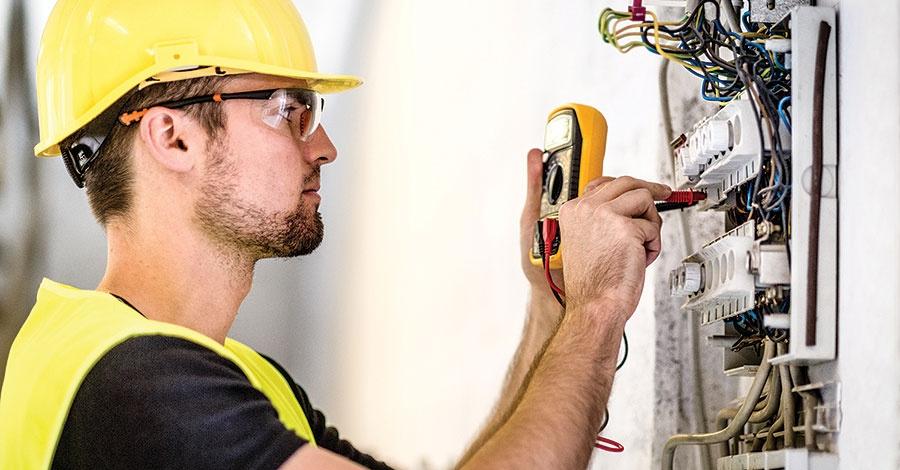Electricity enables much of modern life, but many hazards surrounding it are often underestimated. While accidents occur, proper precautions and preparation can prevent many incidents. NFPA 70E training serves as a vital guide to electrical safety, educating individuals and companies on recognizing and controlling these risks. Beyond basic compliance, this essential program equips workers to foster cultures focused on returning home securely.
NFPA 70E training is an integral investment in workplace safety. Instead of just awareness, it delivers the knowledge and skills to evaluate and mitigate electrical hazards. The training creates environments where preventing accidents is the priority rather than merely reacting to them.
Understanding the NFPA 70E Standard
At its foundation, NFPA 70E training offers extensive oversight of workplace electrical safety. It identifies dangers, details NFPA standards, and thoroughly instructs on properly implementing these crucial safety rules. Participants learn about the immense value of comprehensive electrical safety programs, risk assessments, and correctly applying personal protective equipment (PPE) to mitigate hazards.
Evaluating Potential Threats
A central focus of NFPA 70E training is comprehensively teaching electrical hazard risk assessment to accurately gauge the potential severity of electrical shock, flash burns, arc flash explosions, and other electrical hazards in various tasks. This crucial training section intensely focuses and places great emphasis on proactively spotting potential dangers before they can lead to catastrophic and life-threatening electrical accidents. The materials stress proper evaluation of risk levels and corresponding safety measures as the foundation of effective electrical accident prevention in workplaces.
Safe Working Procedures
The training deeply explores instituting safety-focused work practices, including proper lockout/tagout procedures to guarantee equipment is entirely off and unable to start before maintenance or repair work is completed. It also thoroughly covers electrically safe working conditions to eliminate worker exposure to electrical shock, arc flash, or other electrical hazards.
Utilizing Personal Protective Equipment (PPE)
Another critical component of safety training is understanding the proper selection and use of personal protective equipment (PPE) based on the level of electrical hazard present. The training provides comprehensive guidelines to assist workers in selecting appropriate PPE and confirming proper fit and upkeep, helping avoid compromising personal safety due to damaged or ill-fitting protective gear.
Preparing for Emergencies
Thorough readiness and preparation for urgent emergencies are also thoroughly addressed, instructing proper responses in the unfortunate event of an electrical accident or mishap. This response preparation encompasses training in correctly administering emergency first aid and ensuring effective emergency response plans are ready for swift, capable reactions when catastrophically needed.
Conclusion
Beyond regulations, NFPA 70E builds crucial skills for safer workplaces. Employees gain knowledge to shield themselves and promote organizational cultures focused on health and security. It exemplifies education’s power to transform environments while ensuring safety for those undertaking it.
Moving forward, we must recall the significance of NFPA 70E training. It provides more than information – it offers a lifeline to many individuals around electrical systems. Embracing these safety principles paves the way to a future where prevention trumps reaction. Let us commit to this training for every worker’s protection.







